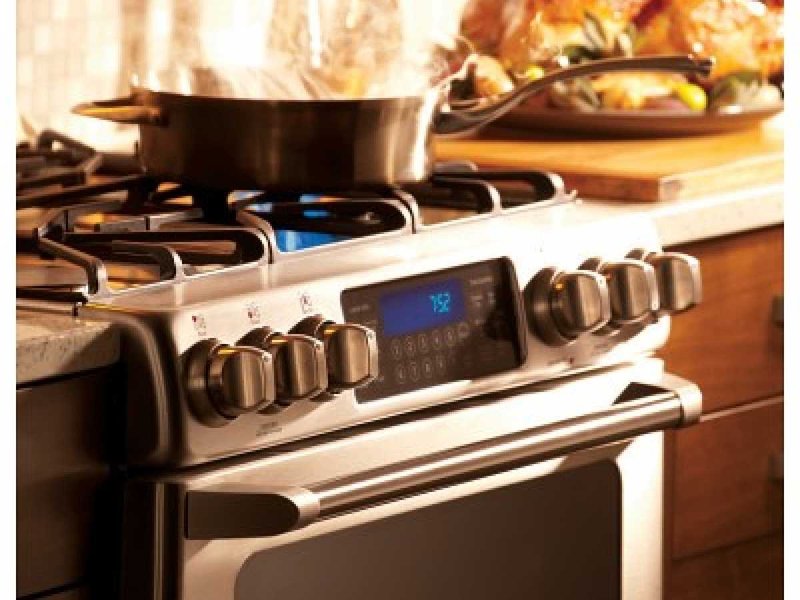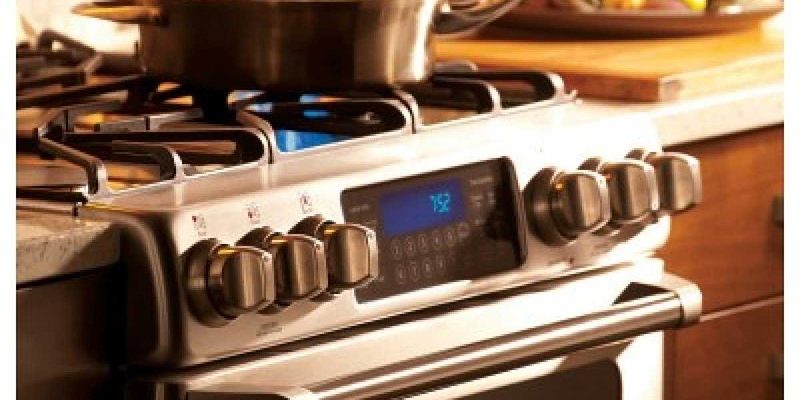
The “F1” error code can be pretty alarming, especially if you’re in the middle of baking that perfect lasagna or herding the kids out the door for school. It’s more than a random glitch; this code is your appliance’s way of signaling that something’s amiss inside its complex system of wires and sensors. Consider it as your oven’s equivalent of a check engine light. Let’s dive into what this code really means, when you should take action, and how to go about it.
Understanding the F1 Error Code
The first thing to know about the “F1” error code is that it’s more than just a random jumble of letters and numbers. It usually indicates a problem with the oven’s internal control board or the touchpad. Think of it like this: your oven’s control board is its brain, and if something’s going wrong there, nothing else is going to work quite right. This code might pop up when there’s an issue with the board’s ability to process information correctly.
One common cause is a faulty electronic oven control, which might mean the control panel isn’t communicating effectively with the rest of the oven. Imagine trying to have a conversation with someone who’s mumbling under their breath. Confusing, right? That’s how your oven feels when its control board is on the fritz. Other times, the error might be due to an issue with the oven’s temperature sensor, like a feverish friend giving mixed signals.
Now, let’s talk about why this matters. If the F1 error persists, it could potentially prevent your oven from functioning altogether. So, addressing it promptly is key. If you’re not sure what to do, don’t worry—sometimes the solution is as simple as resetting the oven. Turn it off, unplug it (or flip the circuit breaker), wait a few minutes, and then power it back on. It’s like rebooting your computer, giving it a fresh start.
When to Call in the Professionals
So, when exactly should you call a technician? Here’s the deal: if a simple reset doesn’t work and the F1 error keeps popping up, it’s time to bring in the experts. While it might be tempting to DIY and channel your inner handyman, ovens are complex and potentially dangerous if not handled properly. It’s a bit like trying to fix your car engine without any mechanical experience—not the best idea.
A professional technician has the tools and knowledge to safely and accurately diagnose what’s truly going on. They can test the control board, check connections, and determine if a replacement or repair is necessary. Think of them as a doctor for your appliance, coming in to check vital signs, diagnose the issue, and prescribe the right treatment.
And let’s not forget safety. Tinkering with electrical components without proper training can lead to unpleasant surprises, like electric shocks or further damage. Save yourself the hassle and the potential hazards by reaching out to a licensed technician when it’s clear that the F1 code isn’t going away on its own.
Common Causes and Consequences of Delay
Understanding the common causes of the F1 error can help you prevent it from happening again. As mentioned, a malfunctioning control board or a problematic sensor are usual suspects. Other times, it might be due to wiring issues, such as loose connections or worn-out parts inside the oven. These components can get damaged over time, much like how a frayed phone charger eventually stops working.
Ignoring the F1 error and delaying repairs can lead to more significant issues down the line. Imagine putting off fixing a leaky faucet—it doesn’t get better on its own. Eventually, what started as a small drip could lead to water damage. Similarly, neglecting an F1 error could result in further damage to the oven’s control system, making the repair more costly or even necessitating a full replacement.
So, what’s the takeaway? Act promptly. If the F1 error code appears and a reset doesn’t resolve it, don’t wait for it to worsen. Get a professional to assess the situation, ensuring your oven is back to its best shape in no time.
Preventative Tips for a Healthy Oven
Like any other appliance, regular maintenance can prevent issues like the F1 error from occurring. Simple steps like periodically checking for loose connections, ensuring the oven is clean, and verifying the temperature sensor’s integrity can make a significant difference. It’s a bit like taking your car in for regular oil changes—small preventive measures can lead to a longer-lasting machine.
Additionally, be sure to use your oven according to the manufacturer’s guidelines. Overloading it, using it in a way not intended, or ignoring small problems can all lead to larger issues over time. It’s like wearing sneakers for hiking—sure, they might work, but they’re not built for the rugged terrain.
In conclusion, while the F1 error code might seem daunting at first, understanding what it signifies and knowing when to call a technician can save you time, money, and hassle. With the right care and attention, your GE oven or range will remain a trusty kitchen companion for years to come.
